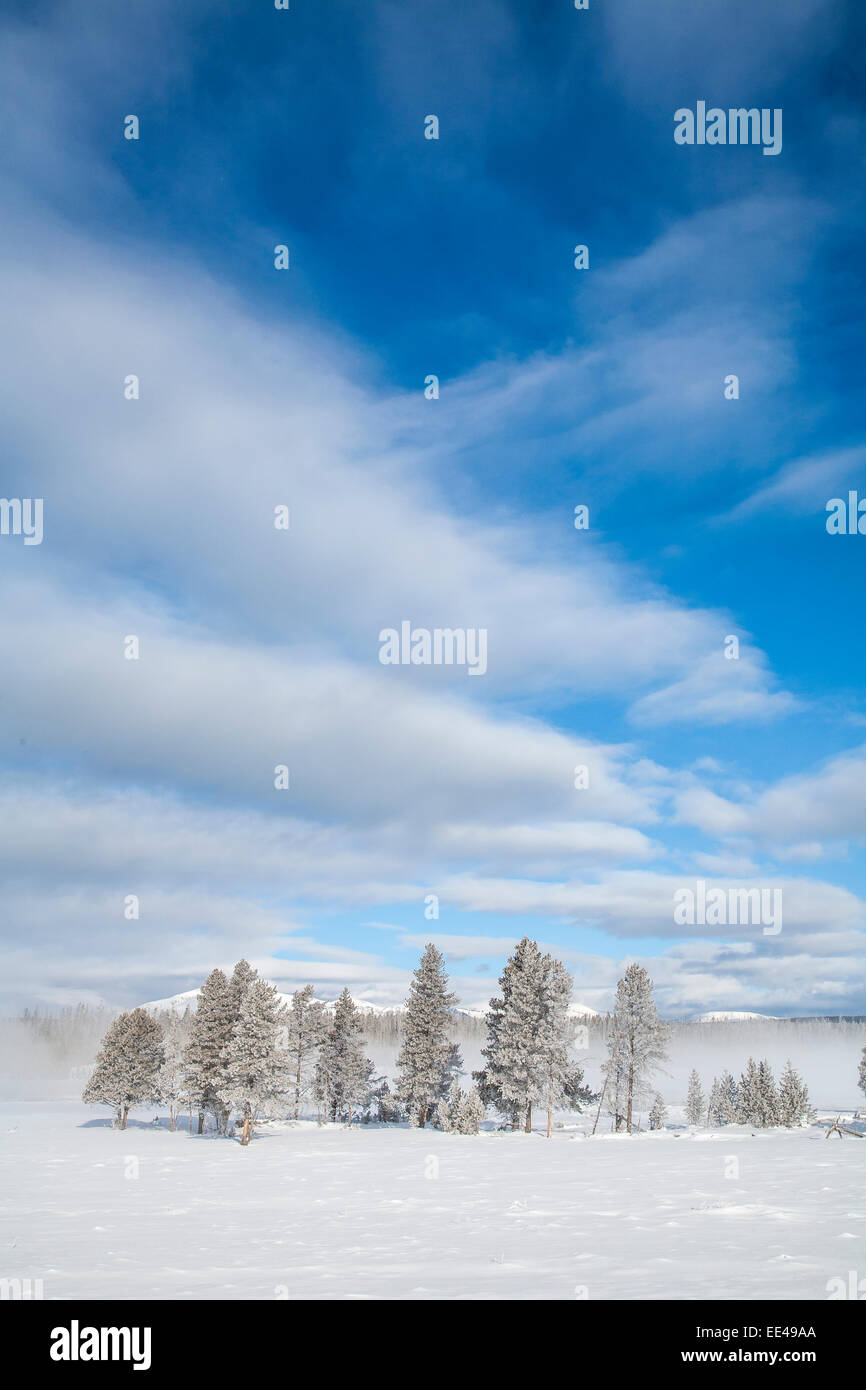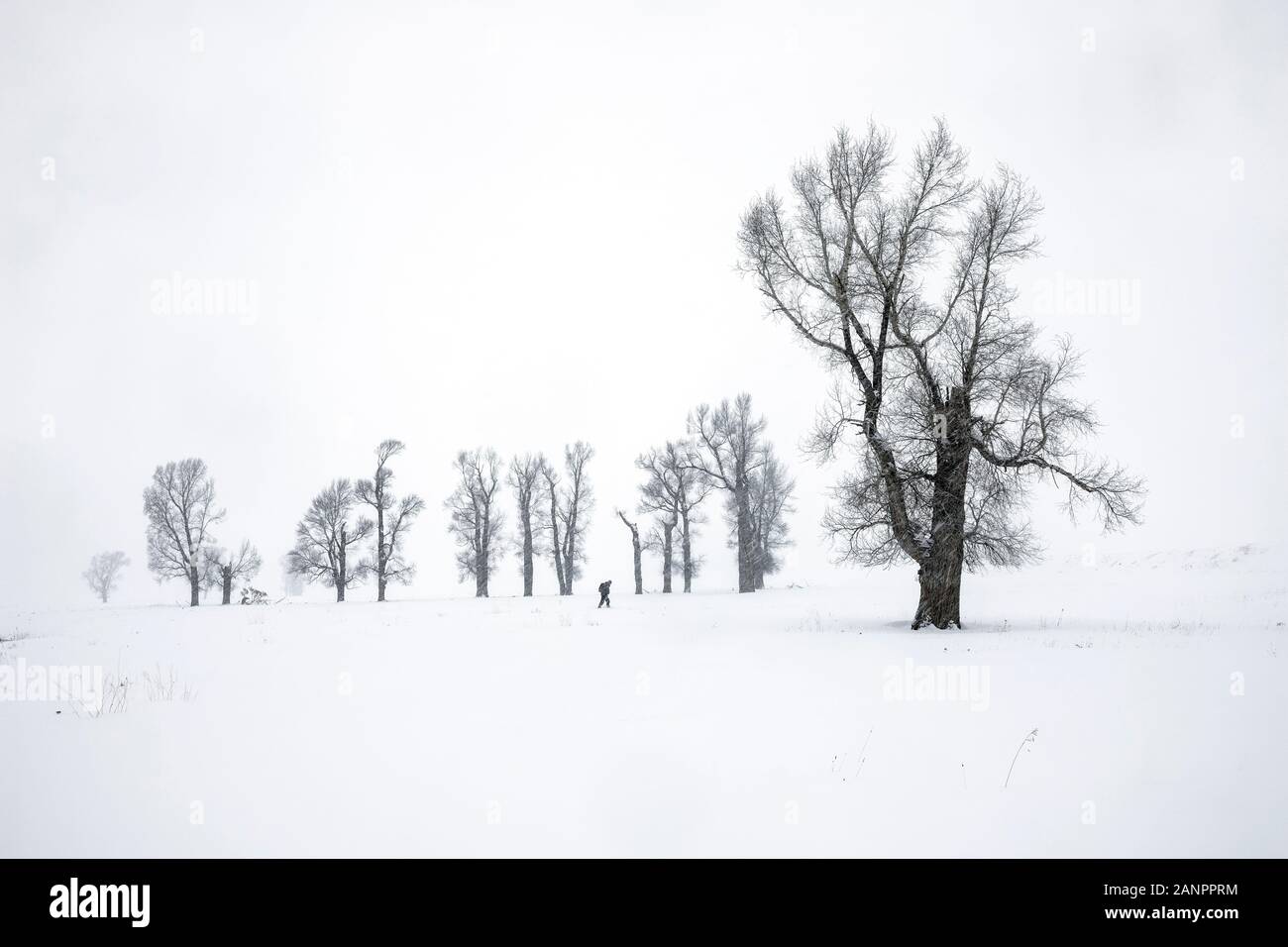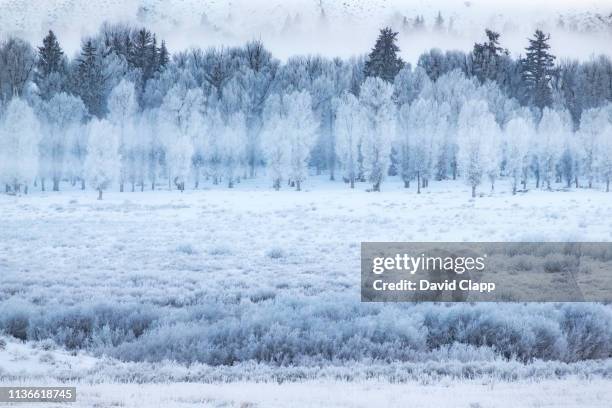Yellowstone National Park - A Guide To America's First Wild Place
What Makes Yellowstone National Park So Special?
Planning Your Visit to Yellowstone National Park - Where Do You Begin?
Wildlife and Wild Spaces in Yellowstone National Park
How Can You Prepare for Yellowstone National Park?
Are you dreaming of a trip to a place where the earth breathes, where wild creatures roam freely, and where scenery truly captivates your attention? Yellowstone National Park, America's very first national park, offers just that, and so much more. This special spot, mostly in northwestern Wyoming but also a little bit in nearby states, holds a truly remarkable collection of natural wonders. It's a place that seems to pull you in with its unique character, making it a top choice for folks looking for a real outdoor experience.
For anyone thinking about heading to Yellowstone, getting the right details can make all the difference. We want to help you sort out the important stuff, like how to find your way around, what the weather might be like, and any entrance costs you might expect. This guide is here to give you a straightforward path to planning your adventure, so you feel ready for whatever the park has in store. You know, it's pretty helpful to have some good pointers before you set out on a big trip like this.
Yellowstone is, as a matter of fact, a wonderland of amazing natural features, from its steaming hot spots to its incredible wide-open spaces. It's a place where you can really get a sense of the planet's raw power and beauty. We're talking about a park that has a real knack for putting on a show, with things like towering water spouts, big bears, and even its own grand canyon. This guide aims to give you the basic tools to make your time there as good as it can be, covering everything from how to get your entry pass to what to do when you come across wild animals, and even where you might want to stay.
What Makes Yellowstone National Park So Special?
Yellowstone National Park holds a truly unique spot in the story of protected lands, becoming America's very first national park way back on March 1, 1872. This historical fact alone sets it apart, but it's the park's natural gifts that truly make it one of the most magical places on the planet. It’s a spot that, in a way, really showcases the wild side of our world. People come from all over to see its one-of-a-kind hot water features and the way the land itself has been shaped over time.
Within Yellowstone's vast 2.2 million acres, visitors find really amazing chances to see wild creatures living in a natural setting that hasn't been disturbed. It’s a place where the entire system of life, from the smallest plants to the largest animals, works together. You also get to explore areas where the earth's heat shows itself in incredible ways. These spots hold about half of all the active water spouts on Earth, which is a pretty incredible number if you think about it. It’s definitely a place that has a flair for the dramatic, with its big geysers, the powerful grizzly bears, and its very own grand canyon, which is quite a sight to behold.
The Earth's Heat in Yellowstone National Park
When you talk about what makes Yellowstone National Park truly stand out, the places where the earth's heat comes to the surface are, well, pretty much at the top of the list. This park is like a living museum of these natural wonders. You can wander through areas where steam rises from the ground, where pools of water shimmer with bright colors, and where, of course, those famous water spouts shoot hot water high into the air. It’s an experience that really connects you to the raw power of the planet, seeing how active and alive the ground beneath your feet truly is. This geothermal activity creates a landscape that feels almost otherworldly, different from anything else you might have seen.
There's a real sense of awe that comes with watching one of these natural water features erupt, or just standing near a bubbling mud pot. It's a reminder that the earth is constantly changing and moving, even if we don't always feel it. These spots are not just interesting to look at; they are also important for science, giving us a peek into what's happening deep below the surface. So, when you visit, you’re not just seeing pretty things; you're also witnessing a fundamental part of our planet's workings. It's really quite something, you know, to be in a place with so much natural energy on display.
Planning Your Visit to Yellowstone National Park - Where Do You Begin?
Getting ready for a trip to Yellowstone National Park can feel like a big task, especially with so much to see and do. But with a little bit of thought, it can be a smooth process. A good starting point is to think about what you hope to experience. Are you keen on seeing as many of the famous spots as possible, or do you prefer to spend time quietly watching for animals? Knowing this can help you shape your plan. For instance, the main road that goes through the park is shaped a bit like a figure eight, and it's called the Grand Loop Road. This road is usually how most people get around to see the main attractions, so getting familiar with it can be a big help.
Your entry pass is one of the first things you'll want to get sorted. There are different kinds, and picking the right one for your group and how long you plan to stay can save you time and perhaps even a bit of money. It’s also worth looking into where you might want to stay. Yellowstone has quite a few options inside the park itself, including places to sleep, eat, and even shops to pick up what you need. These developed areas are spread out, so you might want to check a map to see which ones are close to the things you're most interested in seeing. You know, it's pretty important to have a place to rest after a day of exploring.
Getting Around and Staying in Yellowstone National Park
Moving around Yellowstone National Park is mostly done by car, and that figure-eight-shaped Grand Loop Road is your main path. It connects all the major points of interest, making it fairly simple to get from one amazing sight to the next. However, it's good to remember that this road can get quite busy, especially during peak times, so planning your driving times can be a good idea. There are five different spots where you can enter the park, which gives you some flexibility depending on where you're coming from. Each entrance leads you into a different part of the park, offering a fresh perspective right from the start.
When it comes to staying inside Yellowstone, you have several choices. The park has eight developed areas that offer lodges, places to eat, and stores where you can pick up supplies. These spots are spread out, so you can pick one that feels right for your trip. For example, some might be closer to the famous geysers, while others are better for accessing certain trails or wildlife viewing areas. It's a good idea to check the current opening and closing dates for all these places, including campgrounds, as their operating times can change without much warning. So, really, a little bit of checking ahead can make your stay much smoother and more enjoyable.
Wildlife and Wild Spaces in Yellowstone National Park
Yellowstone National Park is truly a haven for wild creatures, offering some of the best chances anywhere to see animals living just as they should in their natural homes. Within its massive 2.2 million acres, you get to observe a wide array of creatures in a setting that's, well, pretty much untouched. We're talking about everything from the big, powerful grizzly bears to the graceful eagles soaring overhead. It’s a place where you can really feel connected to the wild heart of nature, seeing these animals in their daily lives, foraging for food, or simply resting in the sun.
Beyond the main roads and popular spots, Yellowstone also has a lot of backcountry trails. These paths are often less traveled, meaning they rarely see human bootprints, and offer a chance to experience the park's quieter, more secluded side. If you're someone who enjoys getting away from the crowds and truly immersing yourself in nature, these trails can be a wonderful option. They give you a different kind of experience, one that’s a bit more about solitude and the raw beauty of the landscape. You know, sometimes the best parts of a trip are the quiet moments you find away from everyone else.
Meeting the Creatures of Yellowstone National Park
One of the absolute highlights for many people visiting Yellowstone National Park is the chance to see its incredible animals. The park is home to a rich variety of creatures, from the majestic bison that often graze near the roads to the more elusive wolves and mountain lions. Getting ready for grizzly bears and eagles is a good way to think about it, as these are some of the most sought-after sightings. It’s important to remember that these are wild animals, and giving them their space is crucial for both your safety and theirs. So, keeping a respectful distance is key when you spot them.
Observing these creatures in their natural setting is a truly special thing. You might see a herd of elk crossing a field, or perhaps a coyote hunting for food in the early morning light. The sheer number and variety of animals living freely here are a testament to the park's role in keeping these important ecosystems safe. For those who enjoy taking pictures, Yellowstone also provides amazing chances for photography. There are even tips available for safely getting that perfect picture of the animals without disturbing them. Basically, it's about being present and aware, and letting the animals just be themselves.
How Can You Prepare for Yellowstone National Park?
Getting ready for your trip to Yellowstone National Park involves a few key steps to make sure everything goes smoothly. Knowing what to expect with things like operating hours and how services might change can save you from any surprises. The park recorded a lot of visits in 2024, nearly 4.74 million, which was a pretty big jump from 2022. That year, some historical floods made it hard for people to get to parts of the park, so things like that can definitely affect your plans. It's always a good idea to check for any current alerts or changes before you head out, just to be on the safe side.
To help you explore Yellowstone, there are ten visitor centers spread throughout the park. These centers are great places to pick up maps, ask questions, and learn more about the area you're in. They can be a really helpful resource, offering insights into the local wildlife, the geological features, and even the best trails for your interests. Also, there’s a free, official app from the National Park Service that can be a real asset. It includes an interactive map that's easy to use even when you're outdoors, with clear writing, pictures of trails and services, and highlights of scenic spots. So, really, having that on your phone can make a big difference.
Important Information for Your Yellowstone National Park Trip
When you're putting together your plans for Yellowstone National Park, keeping an eye on the details can really help. For instance, the opening and closing times for all the campgrounds, places to stay, and dining areas can change, sometimes with very little warning. This is especially true as the seasons shift, or if there are unexpected events. So, checking those current dates and times is a smart move before you go. It helps you make sure that the places you want to visit or stay at will actually be open when you get there.
Beyond just the hours, thinking about how you'll capture your memories is also a good idea. Photography and watching for animals go hand-in-hand in Yellowstone. There are often tips available to help you take great pictures safely, especially when you're around wild creatures. This means learning how to get that perfect shot without getting too close or causing any disturbance. Basically, it’s about being prepared for both the practical side of your trip and the incredible experiences you’ll want to remember forever. This guide aims to be a good portal for all the information you might need to make your visit to Yellowstone a truly memorable one.
This article has given you a look at Yellowstone National Park, America's first national park, touching on its unique geothermal features and wild spaces. We've discussed how to plan your visit, including getting around the figure-eight Grand Loop Road and finding places to stay. The article also covered the amazing opportunities to observe wildlife, like grizzly bears and eagles, within the park's 2.2 million acres, and how to use resources like the official app and visitor centers. Finally, we looked at important details like checking operating hours and tips for photography and wildlife watching.

Winter in Yellowstone National Park Stock Photo - Alamy

Yellowstone national park hi-res stock photography and images - Alamy

15,598 Yellowstone National Park Landscape Stock Photos, High-Res